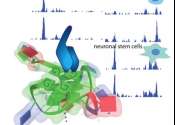How the first blood cells form during human development
Scientists at Lund University in Sweden have developed a new understanding of how the first blood cells form during human development as they transition from endothelial cells to form blood cells of different types.






